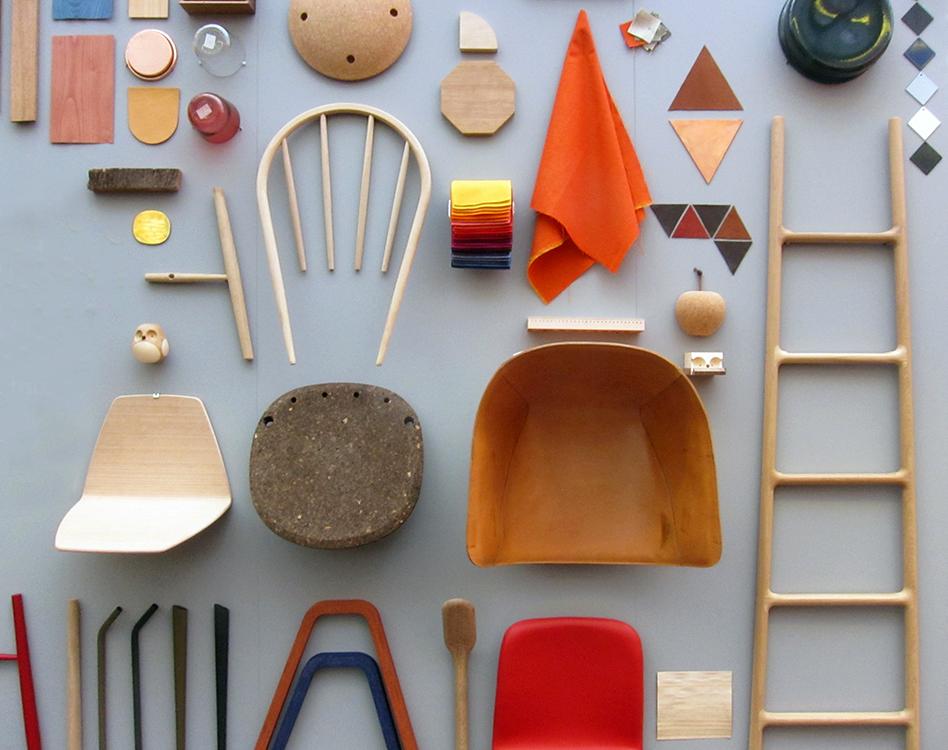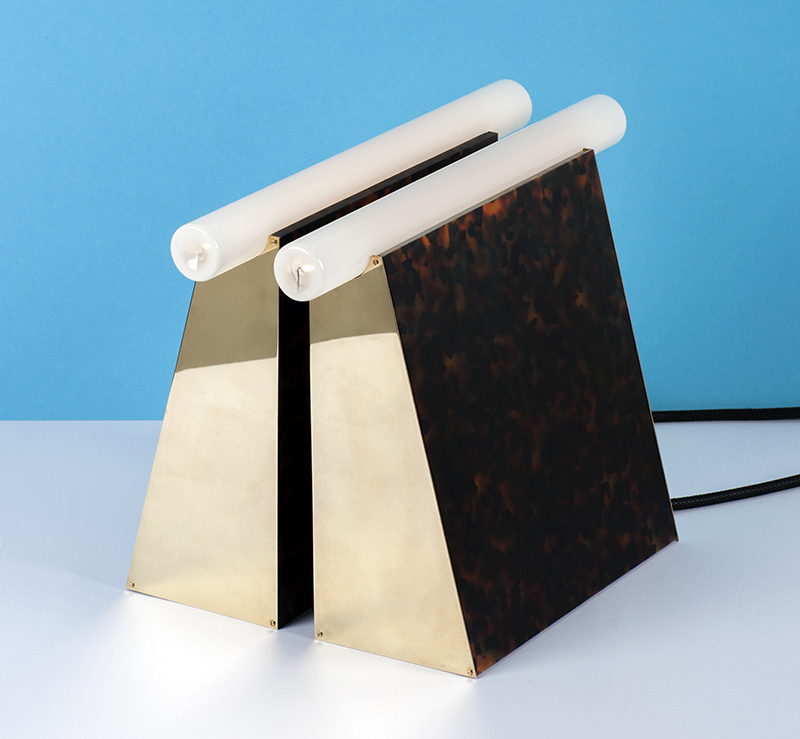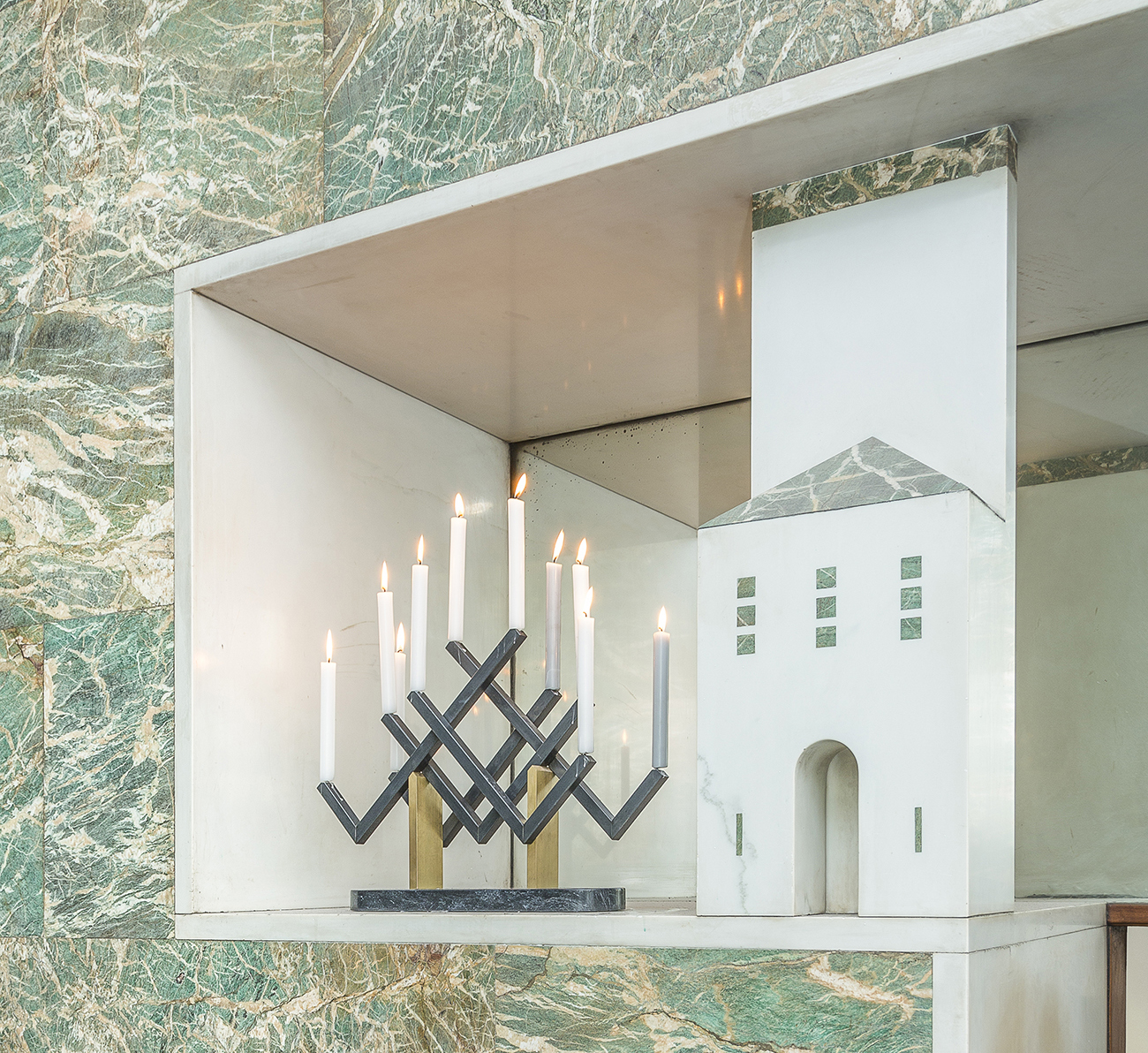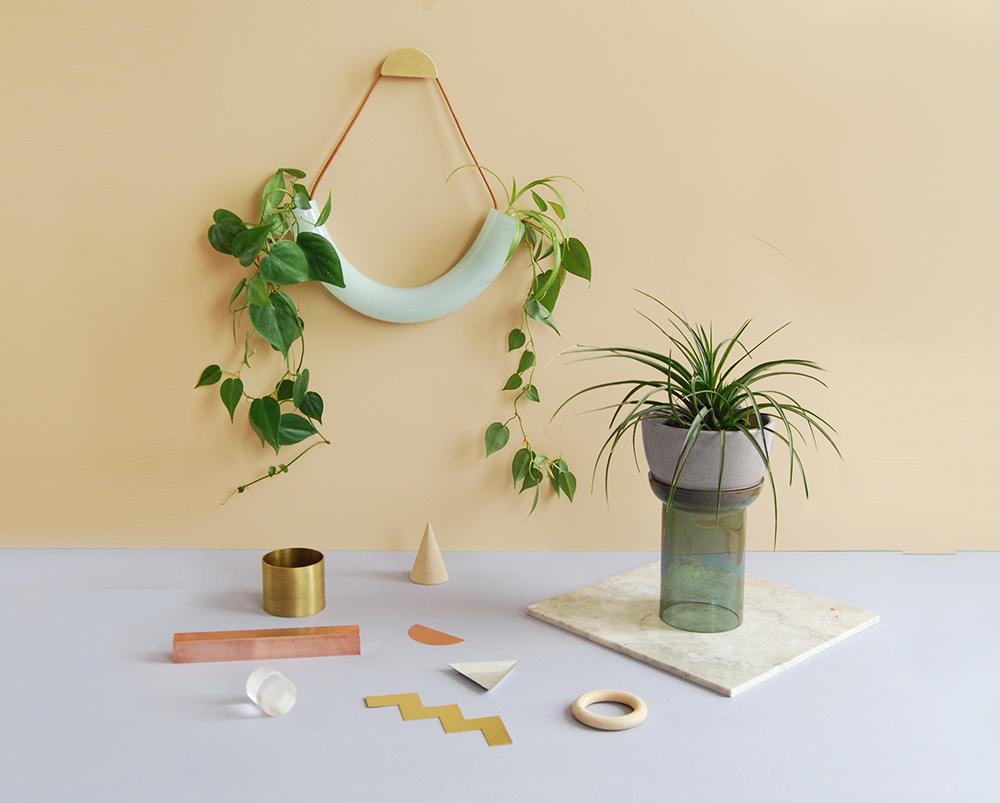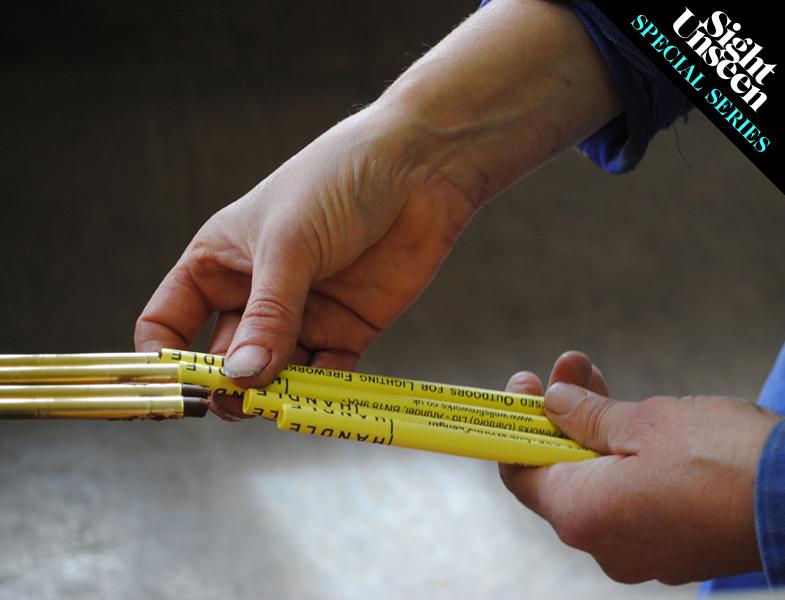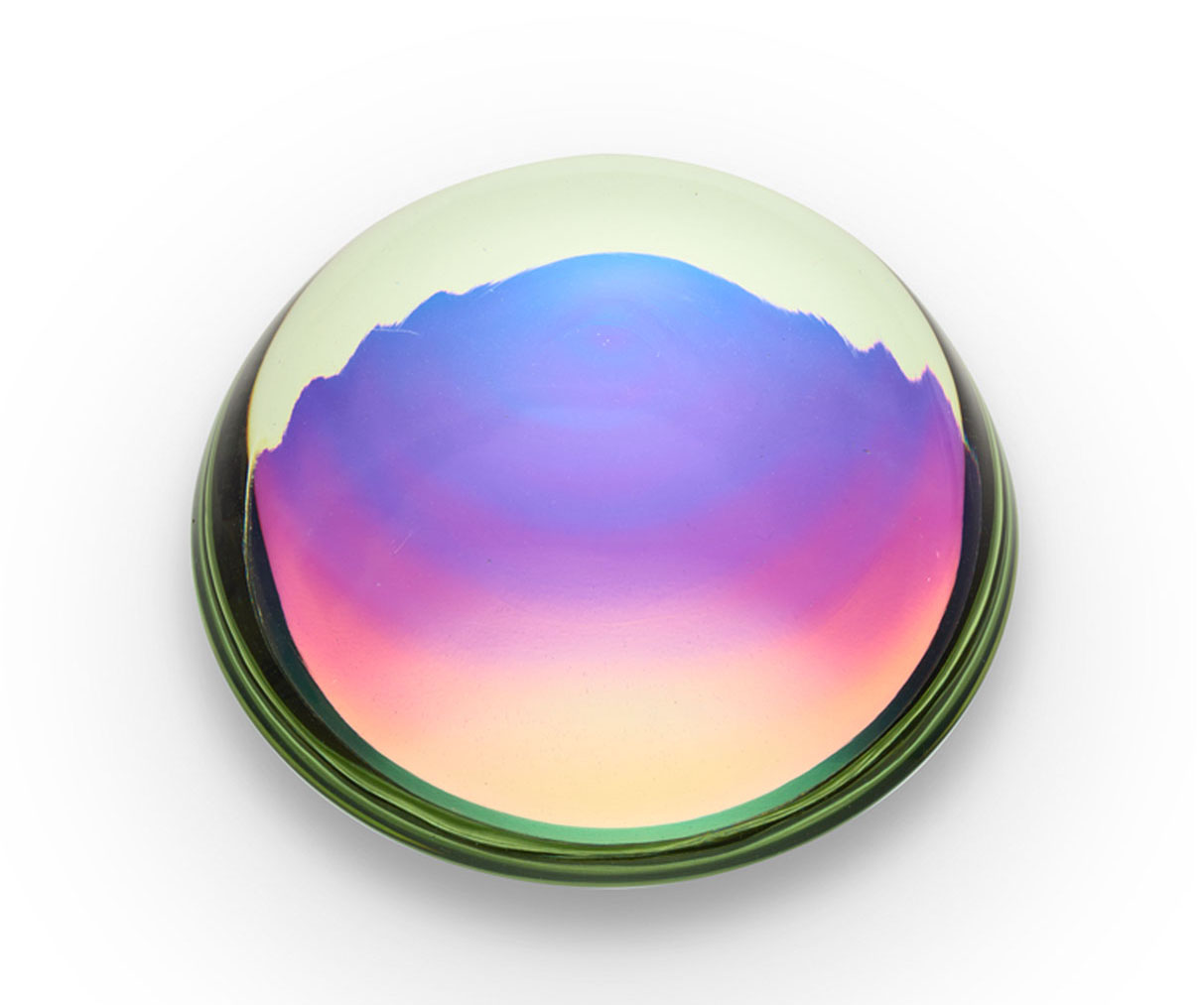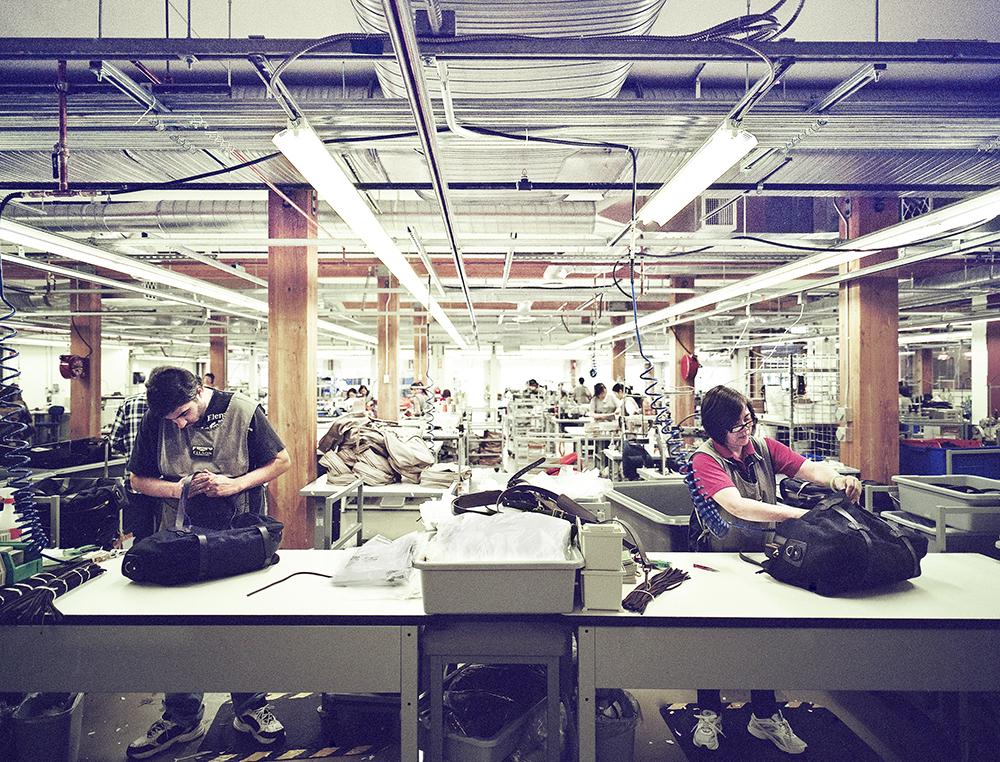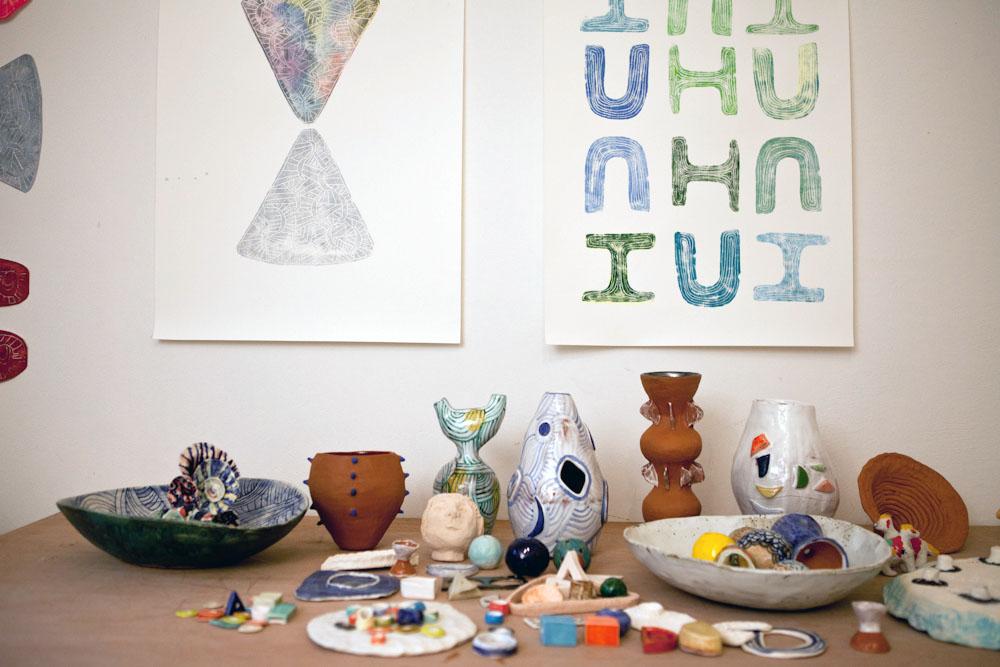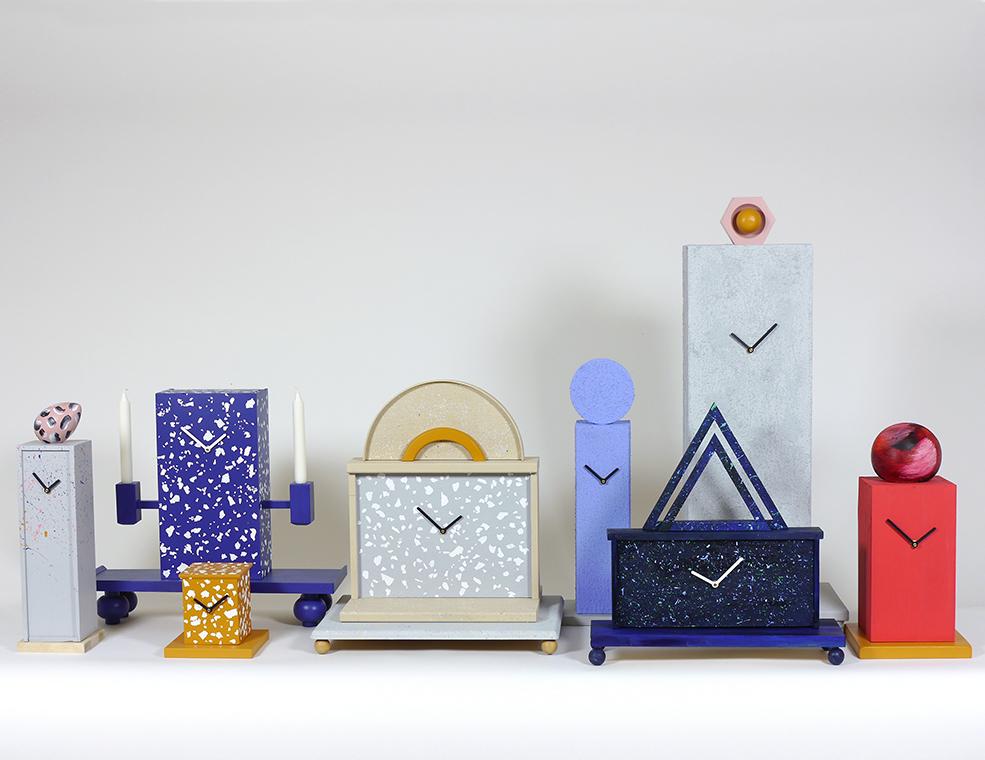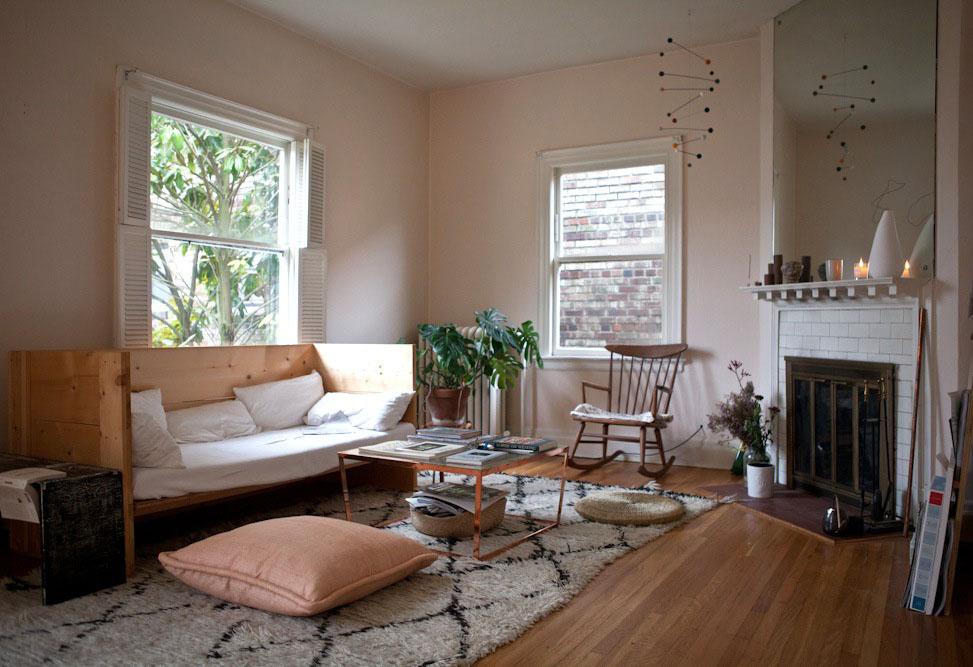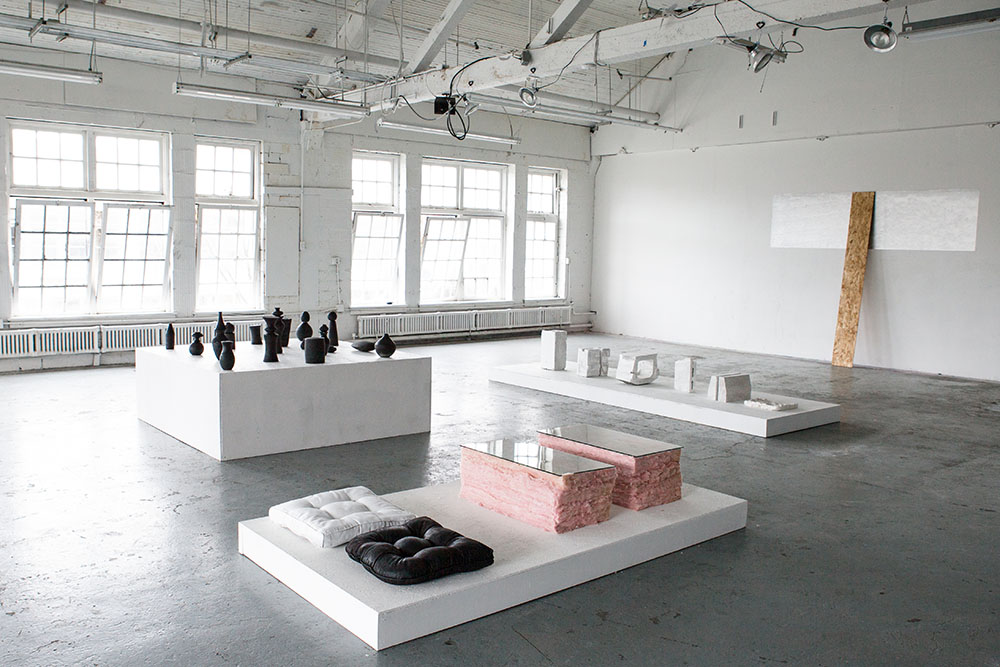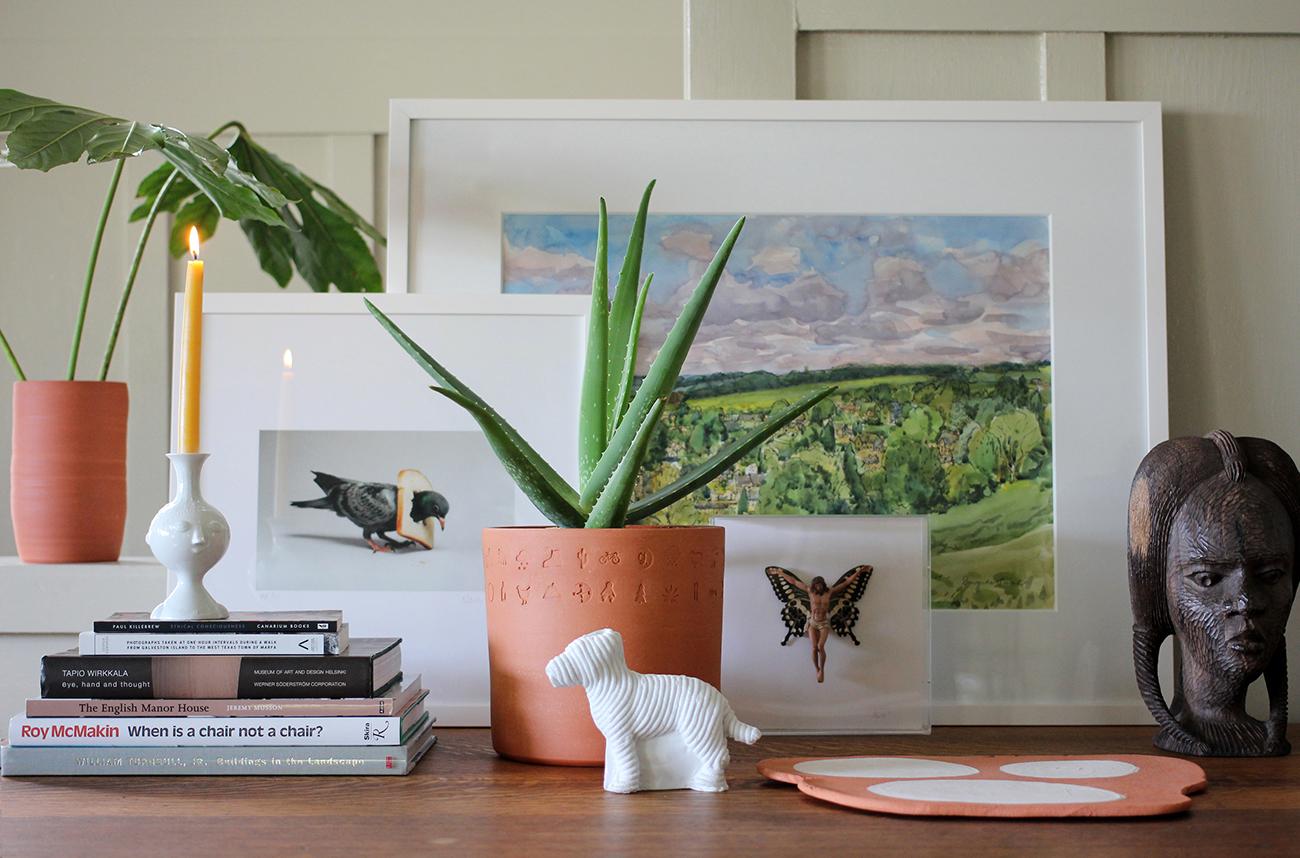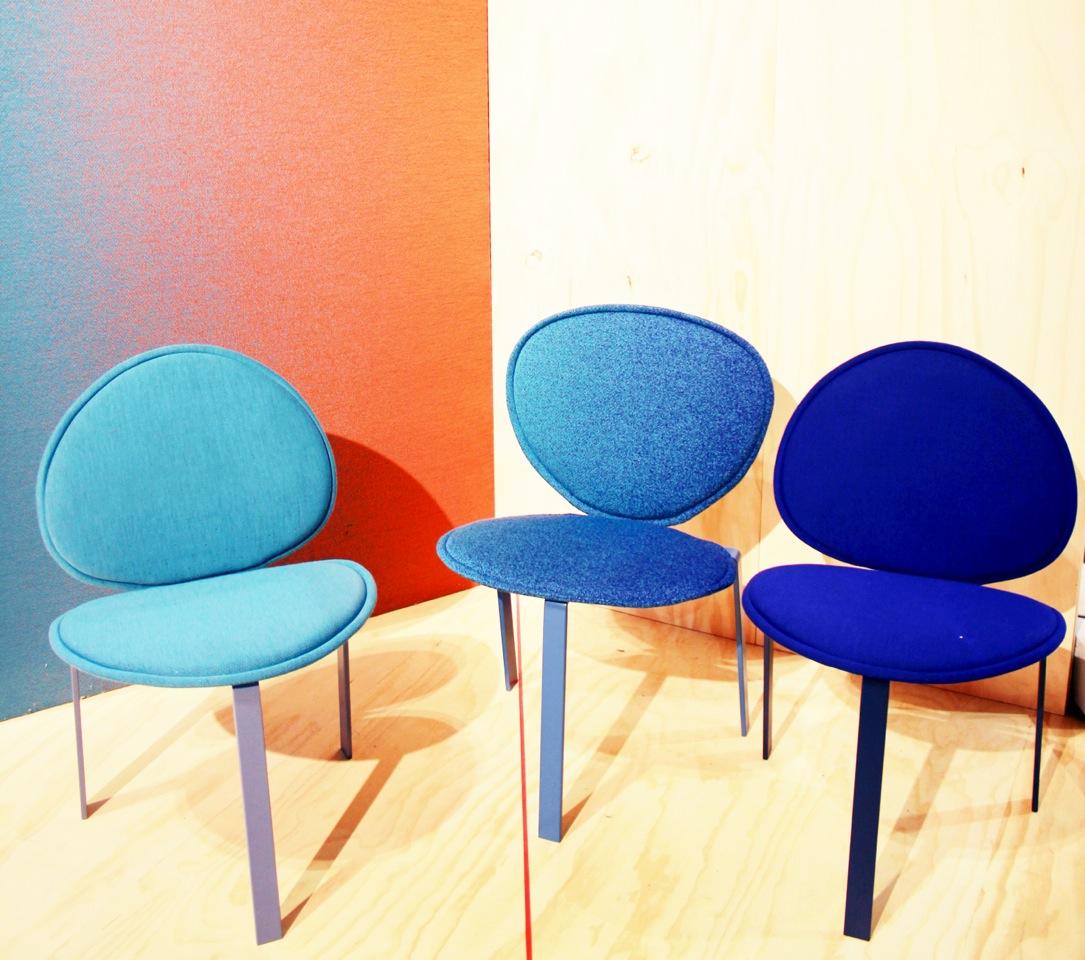
04.14.14
Fair Report
At the 2014 Milan Furniture Fair, Part II
Though we're back from Milan and already knee-deep in planning for our own design fair next month (eek!), we'll be bringing you highlights from the Italian capital all this week. Today we're focusing on our favorites from the fairgrounds, like Front's beautiful chairs for Moroso (above). The fair this year was visually quite strong, with last year's obsessive booth styling taken to even greater heights. (We actually begged the Arper folks to put some of their styling pieces into production!). The fair is also where the trends we'd been thinking about began to seriously take shape. What was in this year? Though everyone still loves that pastel mint and pink palette, we saw tons of putty — yes, putty — and other assorted non-hues (most of which didn't make it into this round-up, since we're suckers for color). For more of our take, read on, then click through to our Facebook album and come back tomorrow for more from the offsite shows.
